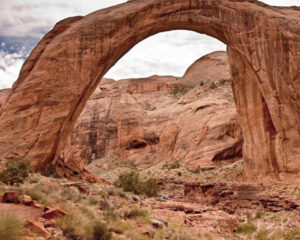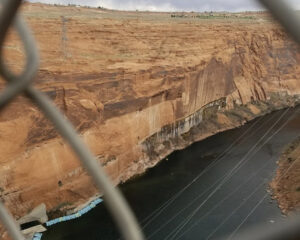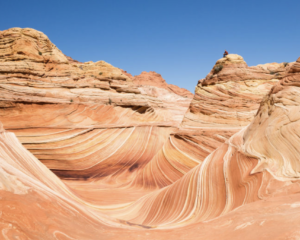Rainbow Bridge National Monument is administered by Glen Canyon National Recreation Area, Utah. Rainbow Bridge is often described as the world’s highest natural bridge. The span of Rainbow Bridge was reported in 1974 by the Bureau of Reclamation to be 275 feet, but a measurement of span according to definition by the Natural Arch and Bridge Society in 2007 resulted in a value of 234 feet. At the top it is 42 feet thick and 33 feet wide. The bridge, which is of cultural importance to a number of area Native American tribes, has been designated a Traditional Cultural Property by the National Park Service. To get to the bridge prepare for a very long hot hike or take the boat ride to the site.





